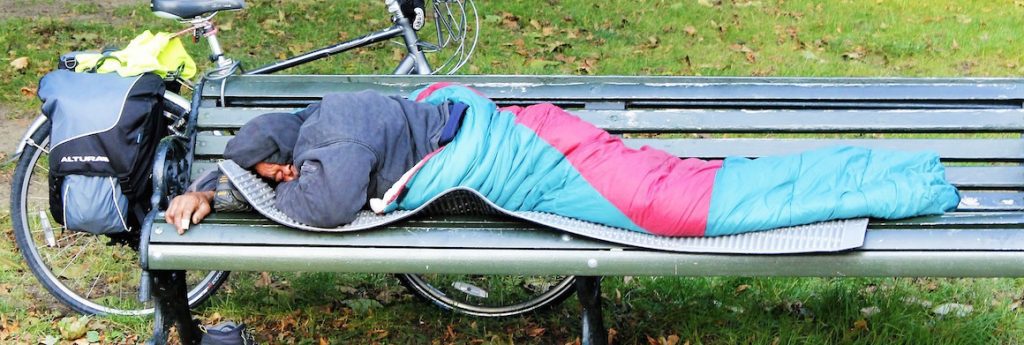Thanks to a campaign by students at the University of Washington, Seattle’s homeless population has a new place to sleep. A 10,000 square-foot encampment—part of a roving tent city—has been set up in a parking lot on the school’s west campus. It’s a convenient location for residents who work near the city’s center and will welcome dozens of people at the school’s invitation.
Tent City 3 is just one of Seattle’s roving homeless populations. It was created to move to a new location every three months, as part of a larger attempt to deal with the city’s homeless population. It’s a 15-year-old city, and it’s not the first time it has spent time on a college campus. During its lifetime, it has spent time on two other college campuses and each time it was a positive experience for students.
The reason behind the new roving tent city, which will remain on campus for three months, is Seattle’s homelessness crises. In February, according to the city’s last count, the number of people sleeping on Seattle’s streets was more than 4,500—a 19 percent increase over the previous year. And that’s not the whole story. Another 2,900 individuals live in transitional housing while 3,200 people live in shelters.
Adding the tent city to campus wasn’t an easy decision for university administrators, and it only happened when students showed that it would contribute to learning. So, on January 3rd, after students return to campus from winter break, eight separate classes—covering topics such as English and Nursing—will work within the camp to deepen students’ understanding of homelessness and its impact on society.
“We just want to learn more about what it’s like to experience homelessness,” Rebekah Lee, a 22-year-old senior, told NBC News. “They are our neighbors, and they should be cared for like our neighbors.” As for the university’s director, Sally Clark, her goal is to see the maximum number of students enriched by the presence of tent city.
Tent city started moving to the University of Washington campus a little over a week ago, and more than 100 student volunteers came out to make the transition. “Everyone is excited, mainly because this is a much better site,” said Andrew Constantino, a 41-year-old resident who has lived in Tent City 3 for nine months.
